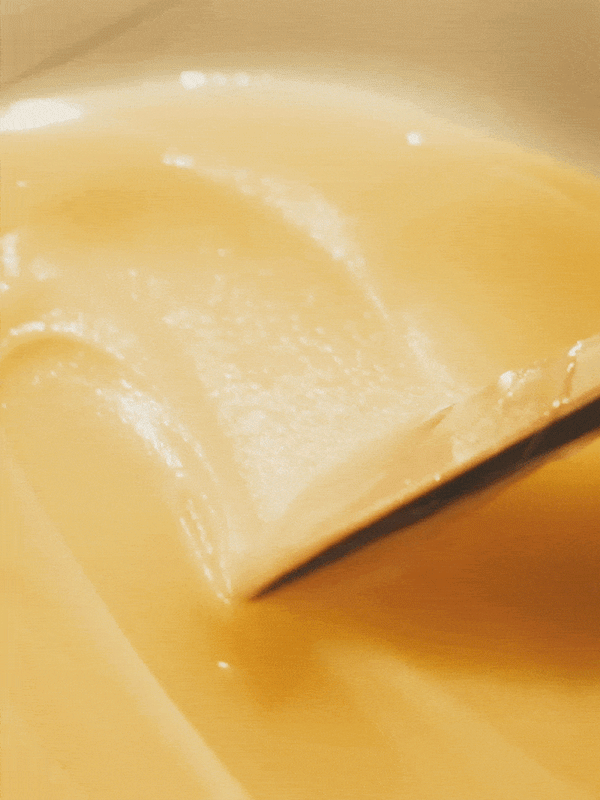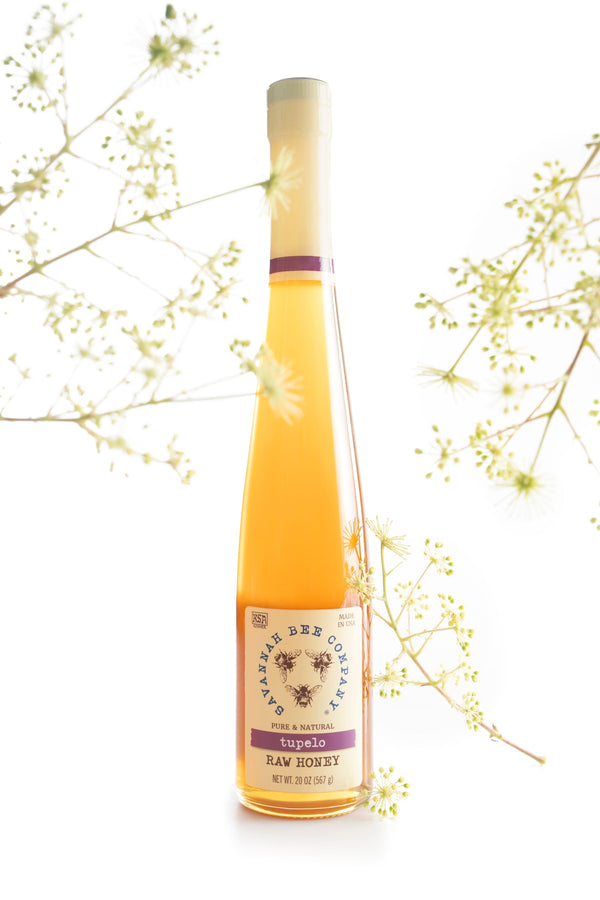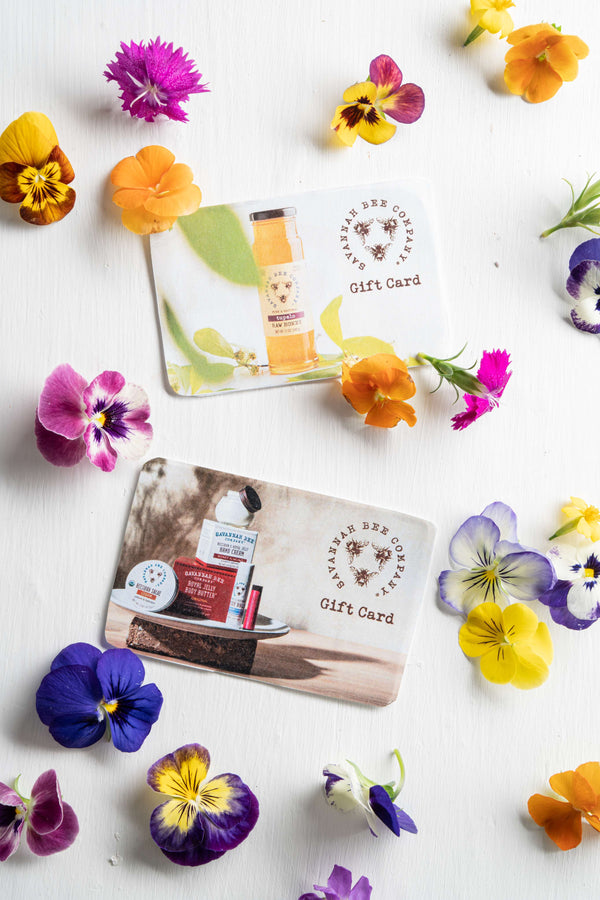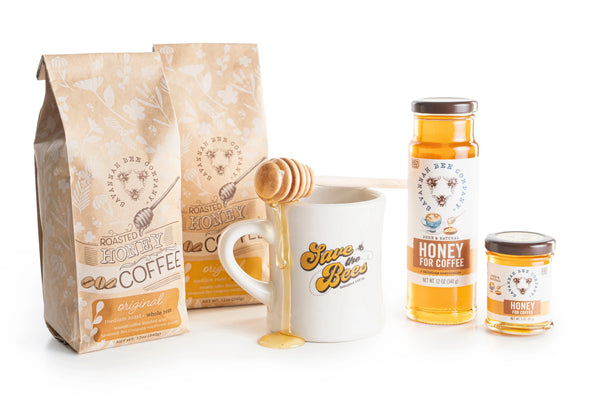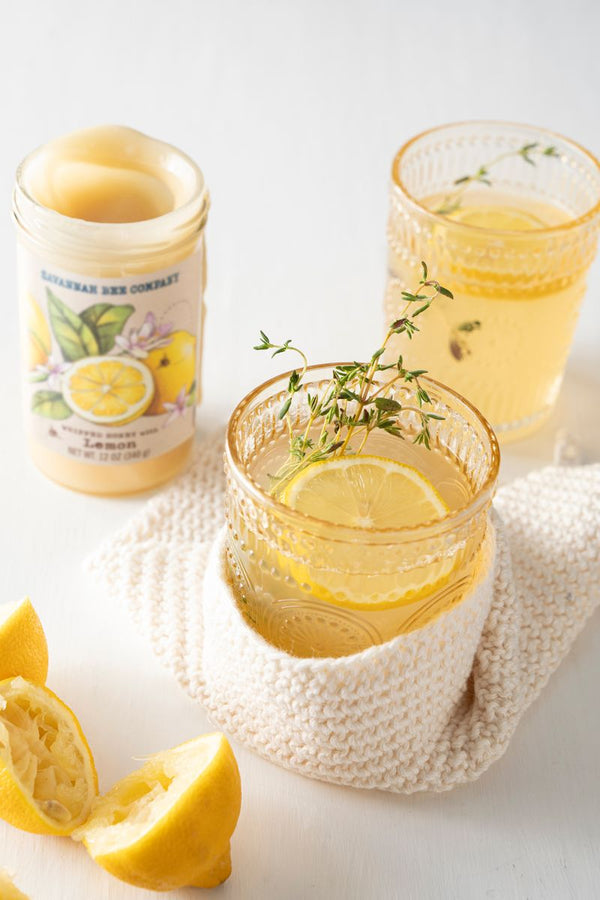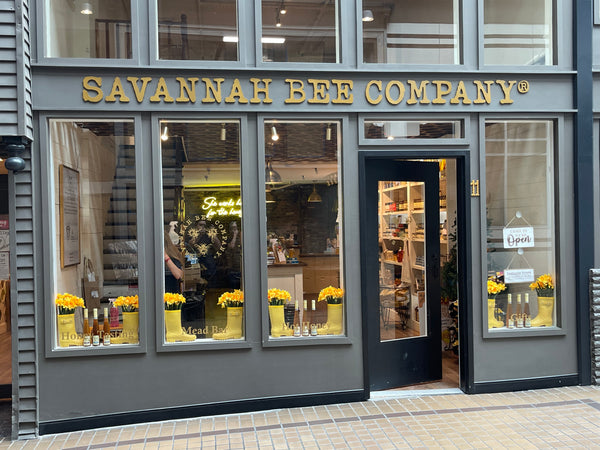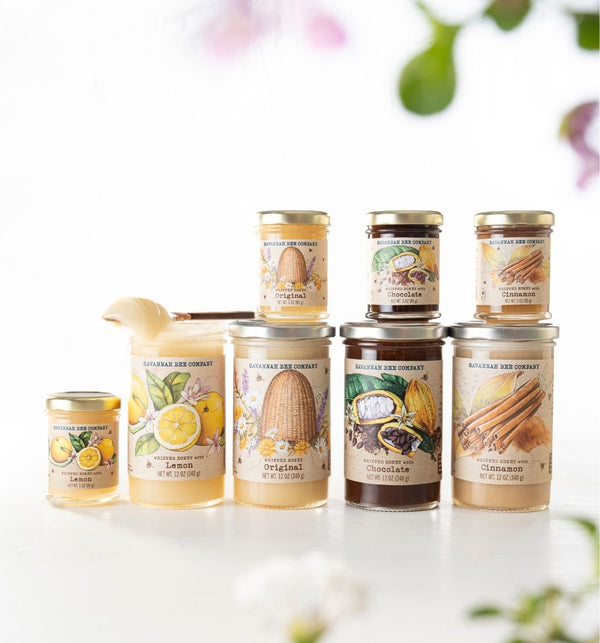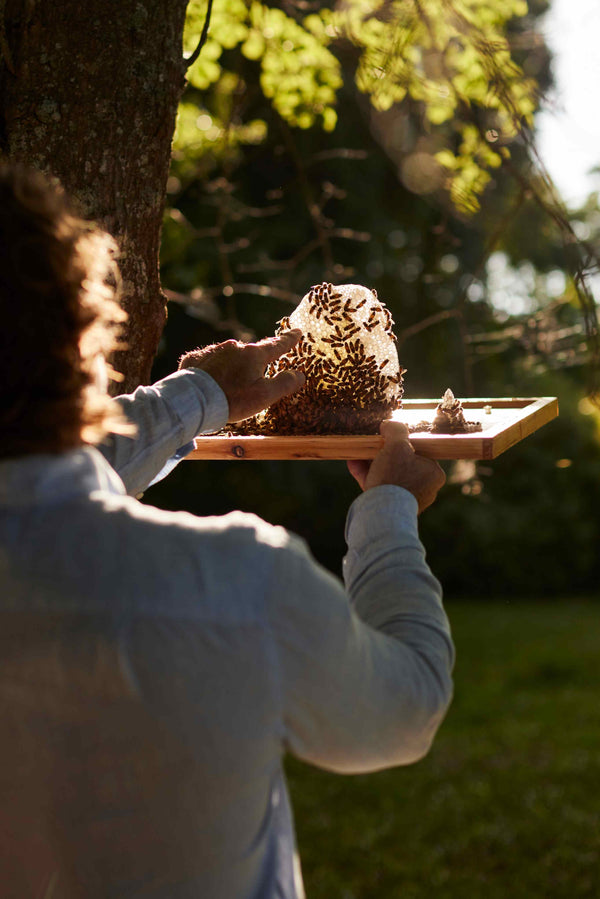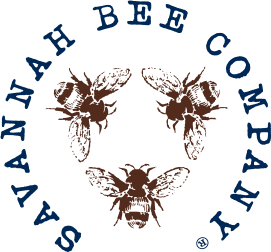How to Build a Pollinator-Friendly Garden
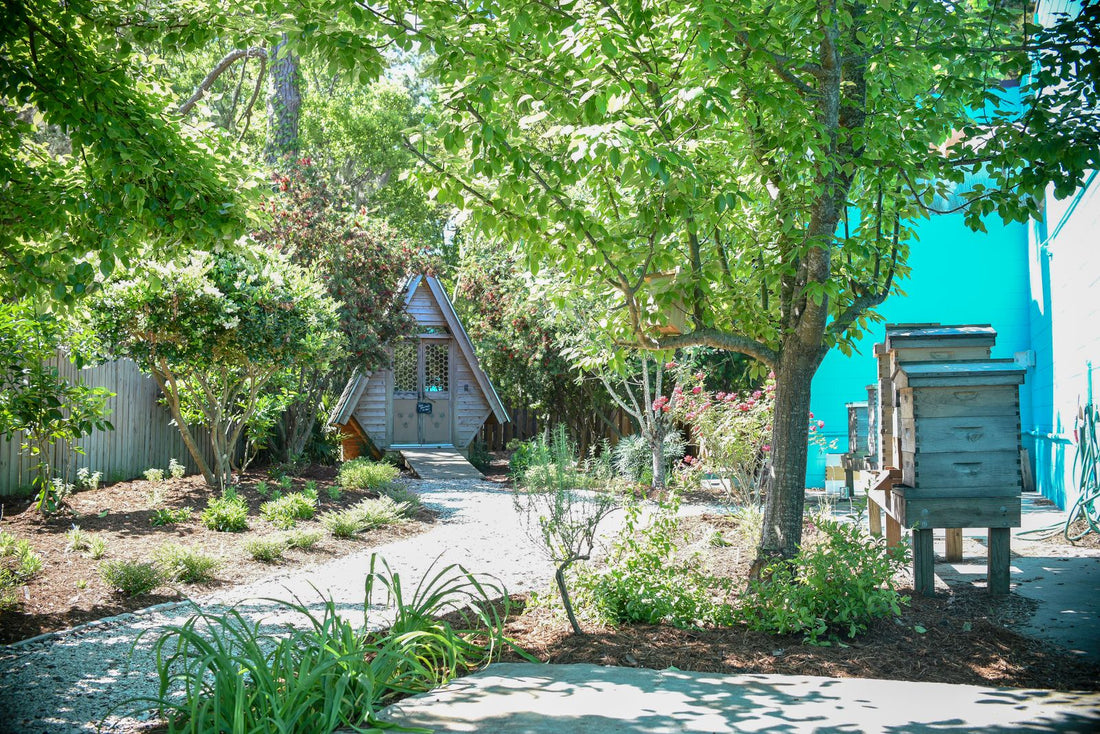
Building a pollinator-friendly garden is like hosting a big, beautiful bug party. It's about creating an irresistible haven that will have pollinators buzzing in from miles away. So grab your trowel, put on your gardening gloves, and let’s build a garden.

Step 1: Choose Your Plants
First things first, you need to pick the right plants to lure in those pollinators. Bees have a thing for blue, purple, and yellow blooms. Think of them as the disco lights of the garden world. Some top favorites include lavender, sunflowers, and bee balm. To give your garden something extra, plant some edible flowers so you can enhance your meals with a little color and flavor!
Butterflies, on the other hand, go wild for brightly colored flowers like milkweed and zinnias. And don't forget about our nocturnal cuties, the moths – they adore night-blooming flowers like evening primrose.
Each plant has its quirks: Lavender prefers well-drained soil and full sun, sunflowers need lots of sunlight (obviously), and bee balm likes moist, well-drained soil with partial to full sun.

Step 2: Keep them Hydrated
Imagine inviting guests to your party and forgetting to offer drinks – it's a faux pas even in the insect world. Pollinators need water– especially in summer. A shallow dish with some stones for perching will do the trick.
For a touch of garden chic, try adding a birdbath or a small, recirculating fountain. This will keep your winged guests hydrated and happy, ensuring they stick around longer to help with pollination duties. Happy pollinators mean a thriving garden.
Step 3: Lay Out the Bug Buffet
Pollinators aren’t fans of the old bait-and-switch; they prefer a garden where something is always in bloom. Plan your garden with a variety of plants that flower at different times throughout the growing season.
This way, there’s always a buffet open. Spring bloomers like crocuses and hyacinths start early, while summer blooms like daisies and cosmos keep the garden popping until fall. For the grand finale, fall flowers like asters and goldenrod ensure the party doesn’t end until the frost hits.

Step 4: Go Easy on the Sprays
Nothing kills the mood faster than harmful chemicals. Pesticides are a big no if you want to keep pollinators coming back. Opt for organic gardening methods to control pests.
Consider introducing natural predators like ladybugs or using neem oil as a safer alternative. Remember, what’s bad for the bugs is usually bad for the bees, too. A little tolerance for minor pest damage can lead to a much healthier, happier garden overall.

Step 5: Create Some Cozy Corners
Finally, even the most social butterflies need a place to crash. Providing habitat features like bee hotels, piles of twigs, or patches of bare ground for ground-nesting bees will make your garden even more inviting.
Leaf litter and old plant stems can also offer shelter and overwintering sites. It's like adding comfy seating and a few hammocks to your garden party.
Happy gardening, beeple, and may your blooms be ever bountiful!
#savethebees
Published



